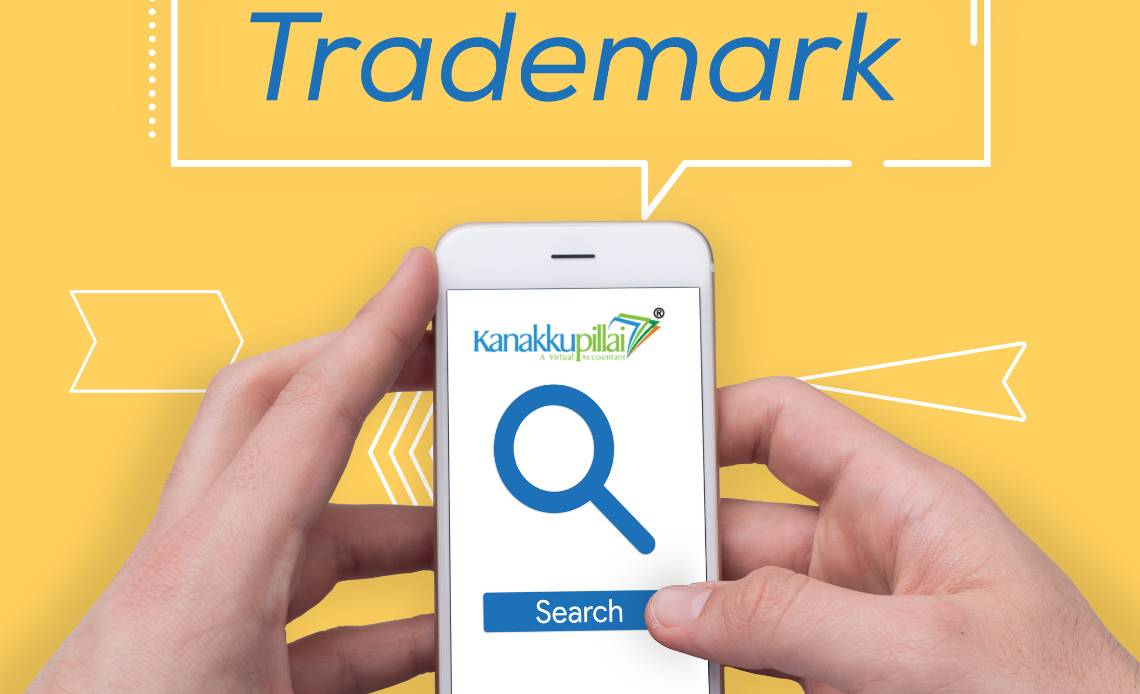Trademarks are an important part of any brand identity, guarding the distinctive symbols, names, and logos of a company. Before a trademark can be registered, it is important to decide under which class it belongs. The classification system for trademarks helps avoid conflicts among similar marks in the same category of goods or services.
In this blog, we will be discussing how trademarks are classified, ways to determine the right class, and software that can simplify the process.
Introduction
Trademark classification is an orderly method of grouping trademarks according to the nature of the goods and services they denote. The Nice Classification (NCL), a widely used and internationally recognized system, groups trademarks into 45 classes, with Classes 1-34 for goods and Classes 35-45 for services. The proper class is crucial for gaining legal protection, as trademarks are protected only in their registered class.
If a trademark is registered under the wrong class, it might be rejected, or the protection may not be adequate. Therefore, it is very important for companies, entrepreneurs, and legal professionals who deal with brand protection to know about the classification system. Proper classification allows businesses to establish their trademark rights and prevent trademark infringement.
Understanding Trademark Classes
The classification system combines similar goods and services in an effort to avoid conflicts. The following is a general division of trademark classes.
- Goods (Classes 1-34) – These include physical goods like chemicals, paints, machinery, food, and drinks.
- Services (Classes 35-45) – These comprise business consultancy, education, legal services, entertainment, and technology services.
Every trademark application needs to specify which class applies to a brand’s products or services. A company may need to file trademarks in many classes if it operates in multiple business categories. This ensures that a business’s trademark is safeguarded in all of the industries in which it operates.
Find Trademarks According to Their Class – Simple Steps
1. Understand Classes
- Trademarks are categorized into 45 classes (1-34 for goods and 35-45 for services).
- Identify the class relevant to your business using the Nice Classification System.
2. Visit the Official Trademark Website
- Go to the Indian Trademark Registry website: https://ipindia.gov.in.
- Click on “Public Search” under the Trademarks section.
3. Select the Trademark Class
- Choose “Class” in the search criteria.
- Enter the appropriate class number for your product or service.
4. Enter the Trademark Name or Keyword
- Type the exact brand name or related keywords.
- Use the “Contains” or “Starts With” option for better results.
5. Choose the Search Type
- Wordmark Search – Checks for similar names.
- Phonetic Search – Finds trademarks with similar pronunciation.
- Vienna Code Search – Used for logos and symbols.
6. Analyze the Search Results
- Review existing trademarks in your selected class.
- Check their status (Registered, Objected, Abandoned, etc.).
7. Verify Conflicts & Take Action
- If a similar trademark exists, modify your brand name.
- If no conflict is found, proceed with trademark registration.
Methods for Obtaining the Right Trademark Class
- Using the Official IP India Website
The Intellectual Property India (IP India) website provides a search tool for finding trademark classes in which one can search for trademark classes based on keywords of the product or service. The process involves-
- Visiting the IP India portal.
- Go to the Trademark Class Search page.
- Entering suitable keywords pertaining to the product or service.
- Browsing through the proposed classes and their definitions to identify the best fitting one.
This approach is correct since it conforms to the categorization in Indian trademark laws and official listings.
- By Reference to the Nice Classification System
The Nice Classification (NCL) system is the global system applied for trademark classification. Companies may refer to the official WIPO (World Intellectual Property Organization) website to look up detailed class descriptions and examples. The NCL is revised from time to time to include new categories of goods and services, so it can be used as a reliable source for classification.
- By Using Third-Party Trademark Class Finder Tools
There are various online tools and legal service providers which provide free and paid trademark class search tools to assist in identifying the correct class according to industry keywords. The tools compile information from multiple trademark offices across the world, offering a general overview of the classification.
- Consulting a Trademark Attorney
For companies working with complicated products or services that fall under several classes, seeking advice from a trademark attorney will guarantee the proper classification. The Legal experts can shed light on overlapping classes and recommend the best strategy for all-around protection.
An attorney can further assist in filing applications, offering maximum legal protection and less opportunity for denial by the trademark office.
- Look for Similar Registered Trademarks
Companies can look up the classification of similar already registered trademarks to know the proper class. This is made possible through-
- The IP India database.
- International trademark search facilities such as TMview and WIPO Global Brand Database.
By reviewing trademarks in the same industry, businesses can understand how competitors classify their marks and apply similar strategies for their applications.
Consequences of Incorrect Trademark Classification
Registration of a trademark under an incorrect class can result in severe legal and business issues.
- Application Rejection – The application might be rejected by the trademark office, and the trademark needs to be re-filed under the proper class.
- Restricted Protection – In case the incorrect class is selected, the trademark cannot be enforced in the intended business sector.
- Risks of Infringement – Competitors doing business in the right class might be allowed legally to use an identical mark when the class is wrong.
- Added Expenses – Re-filing or re-working an application comes at additional legal and administrative costs.
To prevent this, companies ought to perform proper research and consult expert advice when the need arises.
Conclusion
It is required to identify the correct trademark class at the time of registration so that businesses can get proper protection for their brand name. By using online databases and classification guides or by consulting a lawyer, businesses can easily identify the right class and stay away from legal issues. Proper classification protects brand assets as well as keeps away from litigation over already registered trademarks so that businesses can establish a strong legal basis for their brand identity.
Misclassification could result in the rejection of the application, legal battles, and financial loss. Therefore, taking the time to identify the proper class is investing in long-term brand security. If there remains uncertainty, referring to a competent trademark attorney for advice will be easier and better for the overall protection of the trademark. With well-researched and strategically classed trademarks, businesses can firm up their position in the marketplace, avoid conflict in the future, and become sole owners of their brand name.
References
The Trade Marks Act, 1999 (Act No. 47 of 1999)
https://www.ipindia.gov.in/trade-marks.htm
https://tmrsearch.ipindia.gov.in/tmrpublicsearch/
https://ipindiaonline.gov.in/





